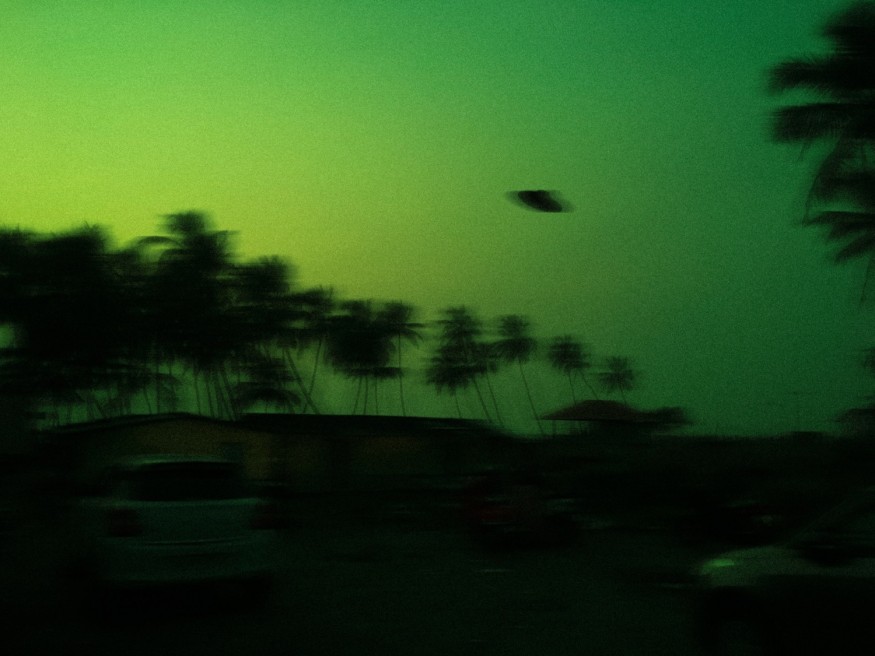
The mysteries of the extraterrestrial have been the subject of interest by many scientists and physicists alike, trying to understand better what else lies in the universe. As such, new claims are being made by a top Harvard physicist regarding alien remnant citings at the depths of the ocean.
'Alien Spacecraft' Remnants In the Ocean
According to MailOnline, the remnants found by the physicists were described as those of an alien "spacecraft." The professor behind this discovery, Avi Leob, served in 2011 to 2020 as the chair of the astronomy department at Harvard.
Professor Leob now focuses his attention on being the head of the Galileo Project, the ET-hunting initiative of the Ivy League university.
The project involves the exploration of the Pacific Ocean, wherein they spent two weeks looking for a specific meteor.
MailOnline explained that the meteor, called IM1, crashed off the Papua New Guinea coast in 2014. As such, it is believed to have interstellar space origins.
Pieces of Iron Discovered
The exploration of the depths of the Pacific Ocean resulted in 50 small iron fragments with sphere-like shapings. As such, they were discovered using a magnetic sled, which combed the deep sea.
Professor Loeb suggests that there could be two origins for the fragments. The first comes from an extraterrestrial technological civilization, and the second comes from a natural environment that differs from the solar system.This is according to statements he made to Fox News Digital regarding the IM1 meteor.
For many years, Professor Loeb has stood by his argument of interstellar technology visiting Earth. He reinforced his standings when Oumuamua, an interstellar object, passed by the solar system in 2017. As such, Professor Loeb believes that it might have originated from aliens.
The Oumuamua IM1 Meteor
While his standings on the presence of extraterrestrial origins for these phenomena often meet criticism, he was vindicated in 2019 after another phenomenon was explored.
The second discovery in 2019 was that in 2014, a high-speed fireball, the IM1 meteor, also shared signs of interstellar origins.
Per MailOnline, the IM1 burst into flames mid-air, leaving molten iron droplets scattered across the earth.
Professor Loeb also maintains that the newer findings were of material with different characteristics than those of NASA's earlier space rock catalog.These characteristics include being tougher and stronger, which led to it being described as "unusual." Professor Loeb did not dismiss notions of the IM1's iron remnants potentially pointing toward an extraterrestrial technological civilization's spacecraft origins.
The news comes at a time when increased attention is being given to UFOs, with Senator Mark Rubio even highlighting how he heard of illegal UFO crash retrieval projects being run.
MailOnline notes that Professor Loeb and his team used an X-ray Floresence spectroscopy to find the chemical makeup of the found objects.
Check out more news and information on Space in Science Times.
© 2025 ScienceTimes.com All rights reserved. Do not reproduce without permission. The window to the world of Science Times.












